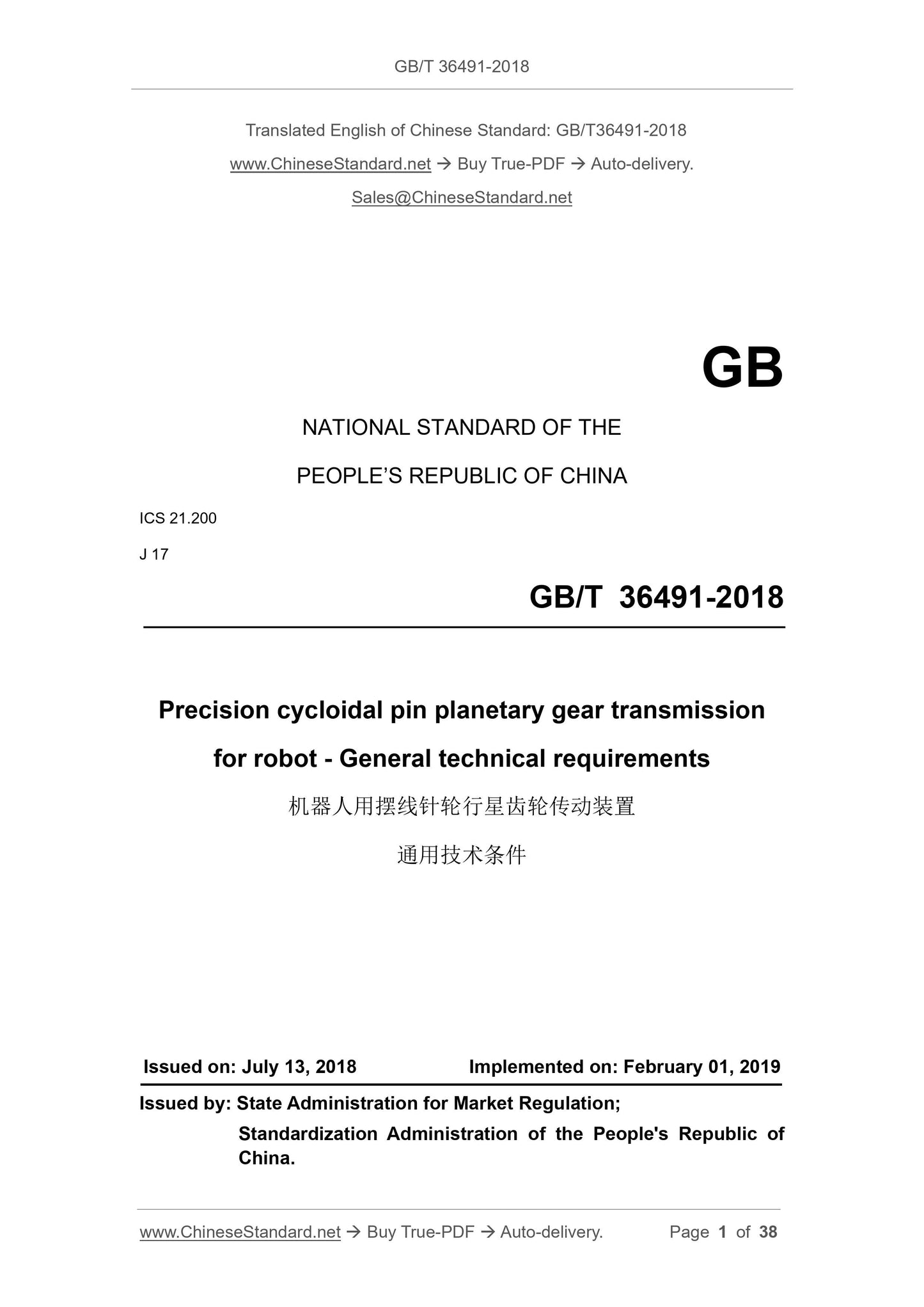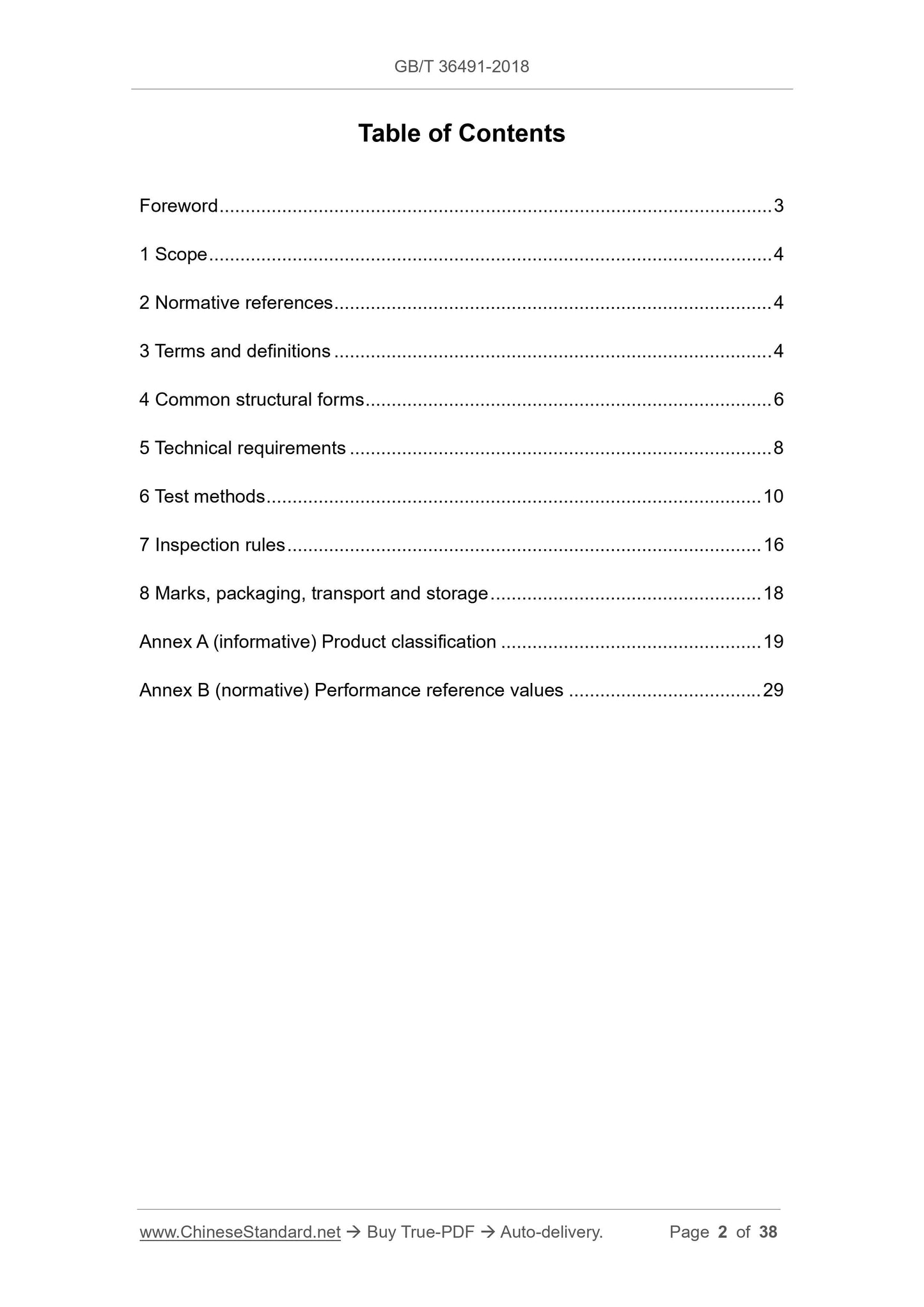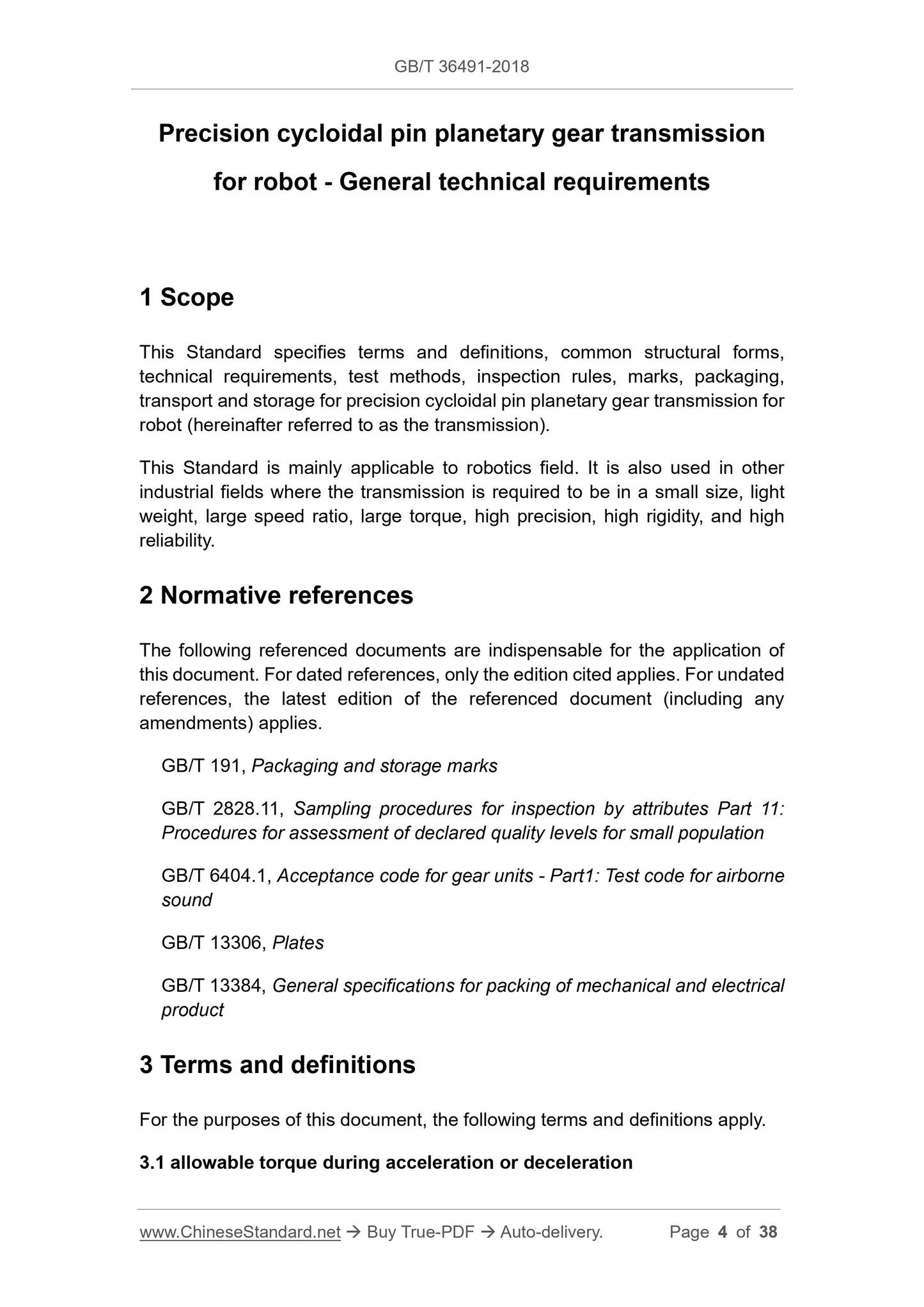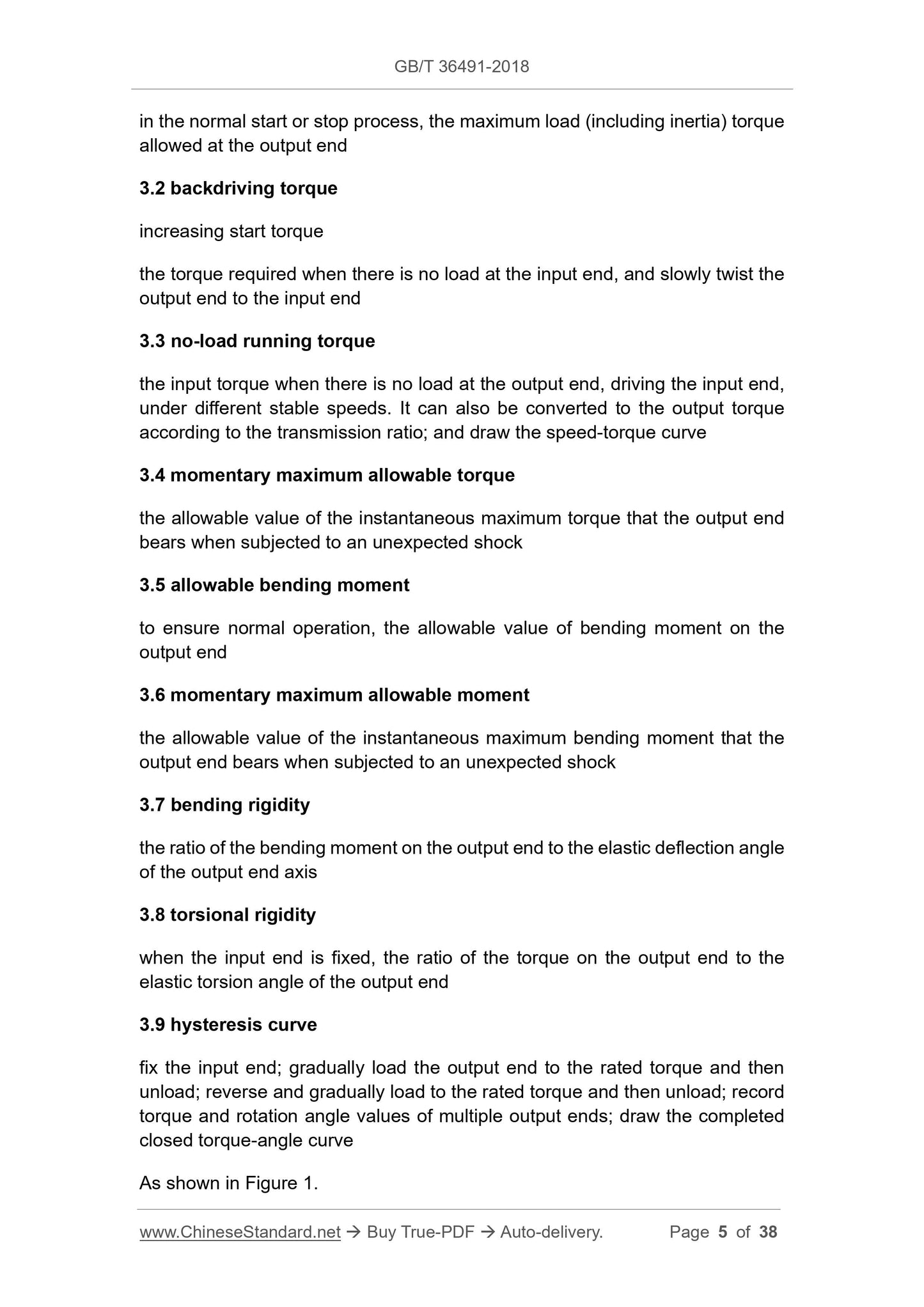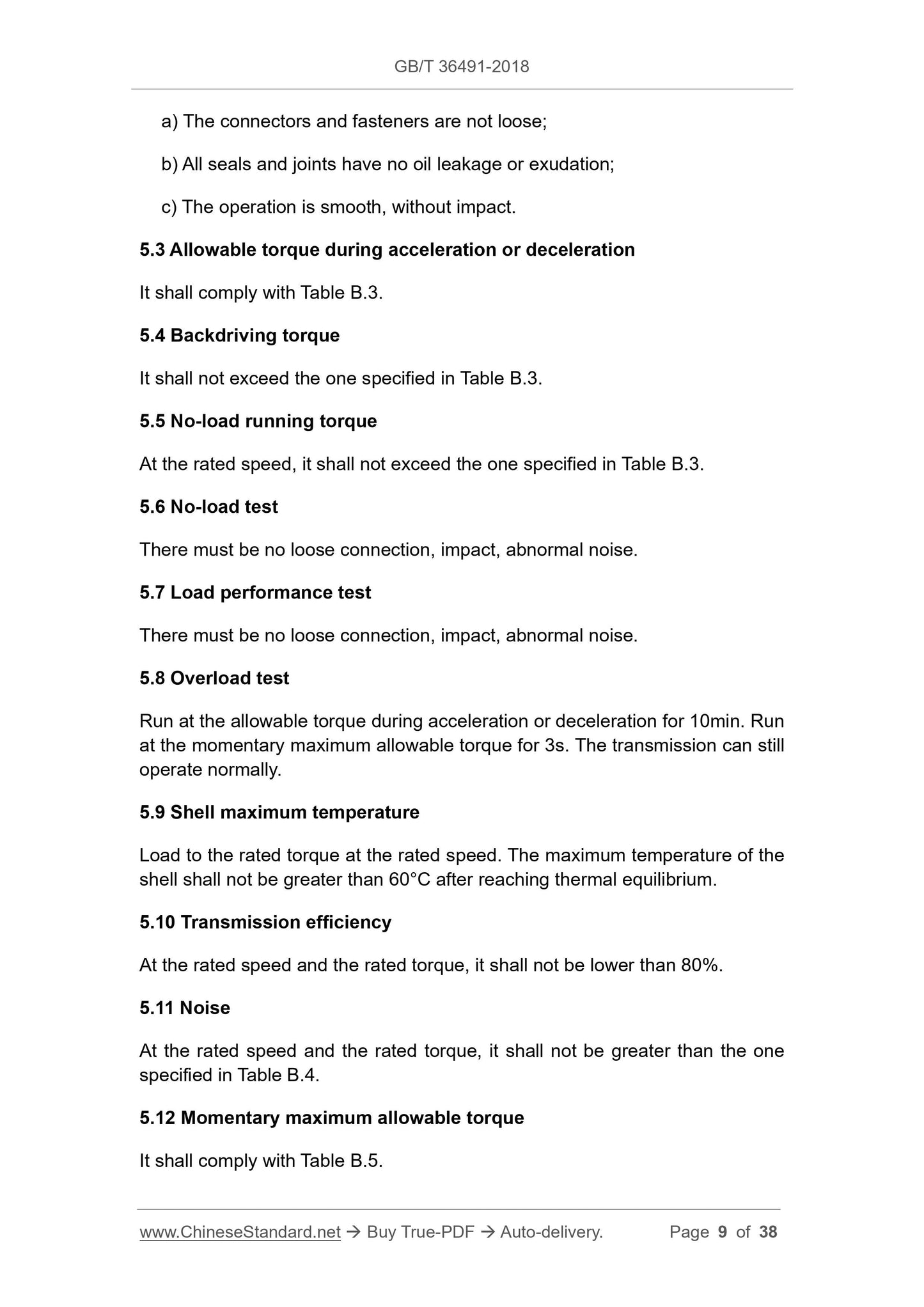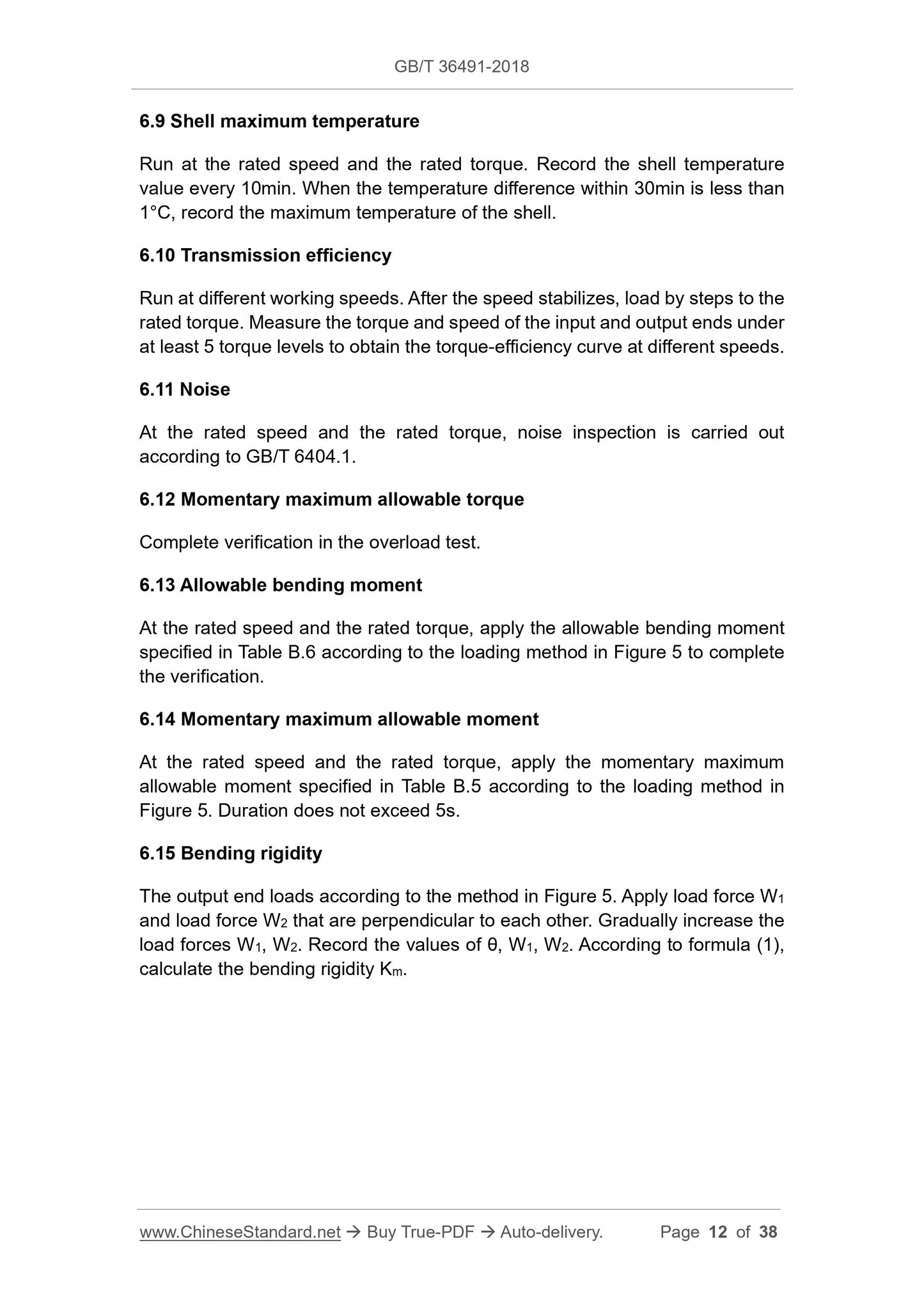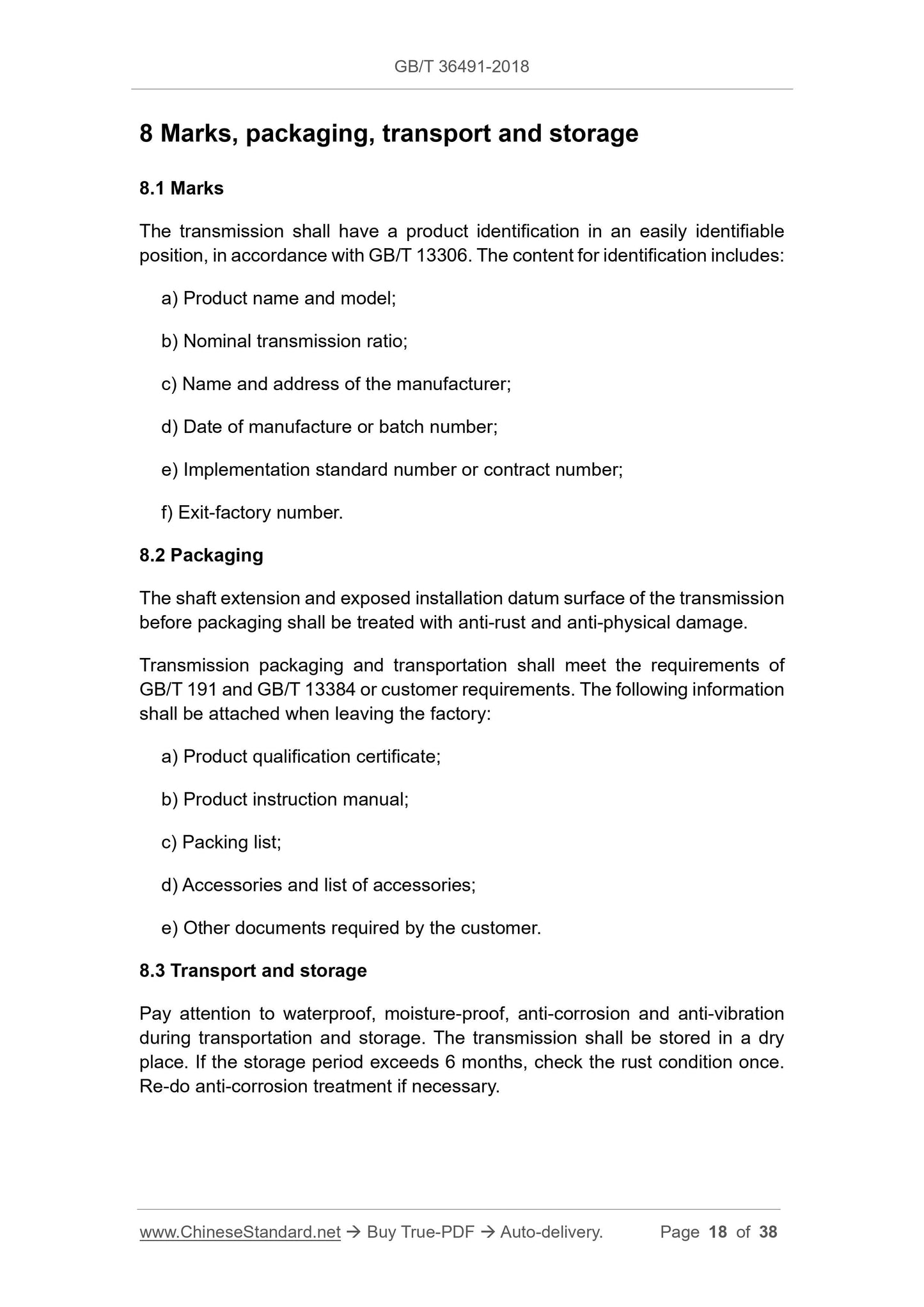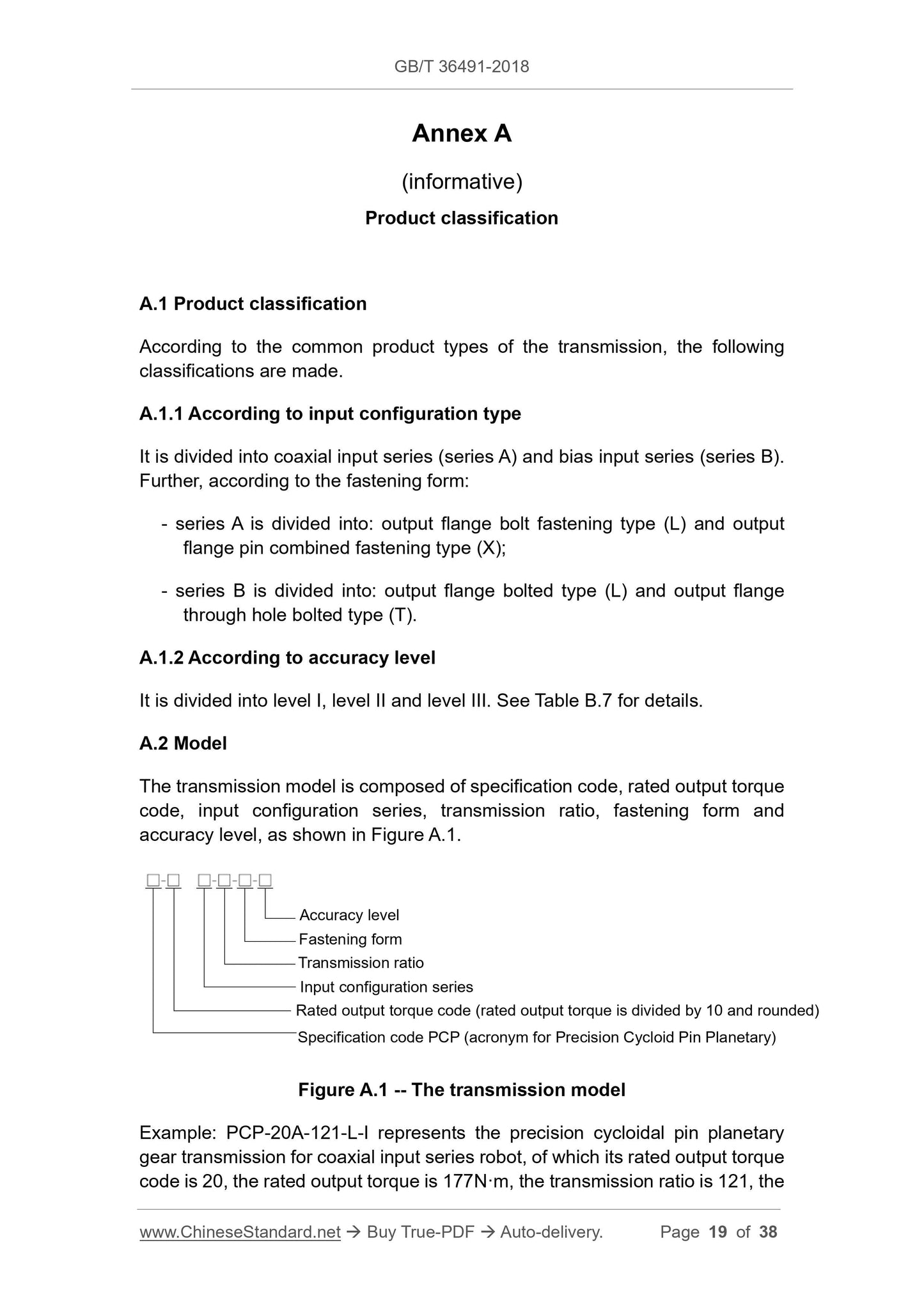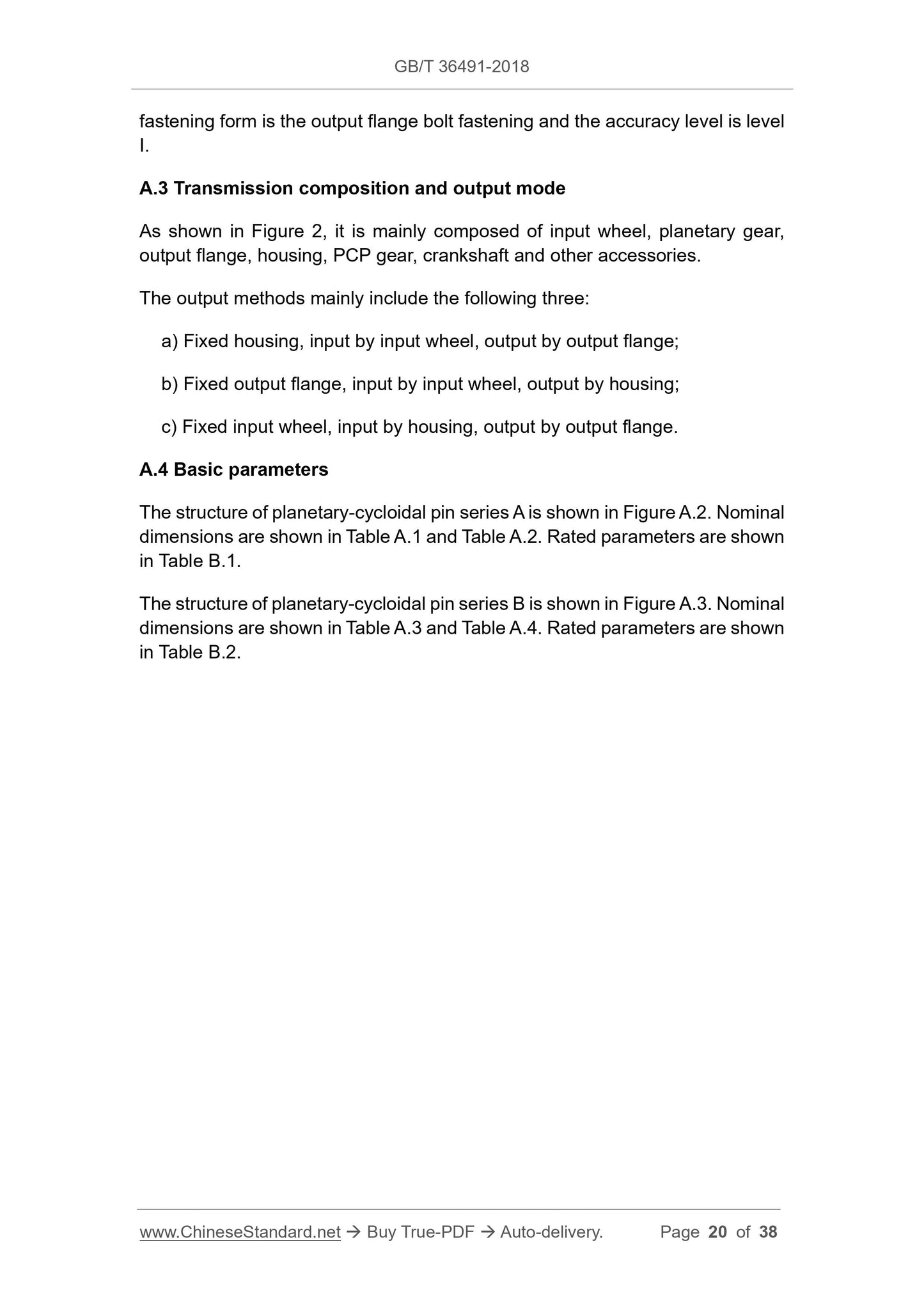1
/
of
9
www.ChineseStandard.us -- Field Test Asia Pte. Ltd.
GB/T 36491-2018 English PDF (GB/T36491-2018)
GB/T 36491-2018 English PDF (GB/T36491-2018)
Regular price
$410.00
Regular price
Sale price
$410.00
Unit price
/
per
Shipping calculated at checkout.
Couldn't load pickup availability
GB/T 36491-2018: Precision cycloidal pin planetary gear transmission for robot - General technical requirements
Delivery: 9 seconds. Download (and Email) true-PDF + Invoice.Get Quotation: Click GB/T 36491-2018 (Self-service in 1-minute)
Newer / historical versions: GB/T 36491-2018
Preview True-PDF
Scope
This Standard specifies terms and definitions, common structural forms,technical requirements, test methods, inspection rules, marks, packaging,
transport and storage for precision cycloidal pin planetary gear transmission for
robot (hereinafter referred to as the transmission).
This Standard is mainly applicable to robotics field. It is also used in other
industrial fields where the transmission is required to be in a small size, light
weight, large speed ratio, large torque, high precision, high rigidity, and high
reliability.
Basic Data
| Standard ID | GB/T 36491-2018 (GB/T36491-2018) |
| Description (Translated English) | Precision cycloidal pin planetary gear transmission for robot - General technical requirements |
| Sector / Industry | National Standard (Recommended) |
| Classification of Chinese Standard | J17 |
| Classification of International Standard | 21.200 |
| Word Count Estimation | 30,338 |
| Date of Issue | 2018-07-13 |
| Date of Implementation | 2019-02-01 |
| Issuing agency(ies) | State Administration for Market Regulation, China National Standardization Administration |
Share
